Eight weeks ago I had my partial oophorectomy, so I thought it was worth writing a little update. Obviously my story is just my story, it’s not medical advice or anything. I write it because there seem to be so few first person accounts of an op like this online, and it might prove reassuring to someone or helpful in some way.
The first two weeks after my op went pretty much as expected. I napped a lot, watched a lot of tennis, and spent a lot of time curled up with two very snuggly kitties. The pain was manageable with the painkillers I’d been given, so long as I didn’t let the cats sit on me in the wrong place. By the second Sunday, almost two weeks to the day after the op, I was starting to feel as if I was back to normal. That Monday was my first day back at work, though I intended to take it easy.
As it happens, that first week “back at work” turned out to be anything but easy. The Monday, I didn’t do too badly at getting work done, but did need two naps. That Tuesday morning I had a meeting in London at which I at least managed to look alert, even if I wasn’t entirely feeling it. That afternoon, though, Mother Nature visited the seventh level of hell upon me, also known as menstruation.
It really was hideously painful and I was grateful that I still had some of the powerful painkillers left over from the ones that the hospital gave me. The pain was easily equivalent to that I’d felt directly after the op, and I felt rather as if the past fortnight hadn’t happened. That week was basically a complete wash – I had no energy, spent a lot of time back in bed or sitting on the sofa, and eventually decided to just let it go and let myself recover.
I could have done without needing to take that extra week off, not least because two work leads that had come in either just before or on the day of my operation evaporated because people couldn’t wait for me to recover. That’s one of the biggest downsides of being self-employed and needing to take time off for whatever reason – if you miss an opportunity, it won’t come round again. (And if you want to hire me for anything social media related, now’s a good time to get in touch!)
By the third Monday, though, I was feeling much better. My wounds, which were very small, had healed nicely and the stitches were dissolving. I had made the mistake of buying sterile dressings and micropore tape to cover my wounds whilst they healed, just to stop my clothes from rubbing at them more than anything. Unfortunately it turned out that I was allergic to the adhesive, even though it said it was hypoallergenic, and my skin itched like fury for about a fortnight, sloughing off like I was sunburnt.
I started back at the gym in week 6, though I am still staying away from any exercises that focus on the abs as I still get low-level aches every now and again. It’s not clear to me what causes my ex-ovary to give me shit periodically, but it does. It feels a bit, sometimes, as if I have a phantom ovary, that my body thinks that it’s still there and still very cross about being mucked about. Those aches are fading over time and I presume that at some point they’ll just go away altogether, but in the meantime they serve to remind me not to overdo it. I just hope that I don’t end up with a weather ovary that aches when it gets wet and cold!
Surprisingly, I noticed almost immediately after the op that my ongoing lower back pain had just vanished. I’ve had back problems all my life, and over the last few years I had had significant pains in my lower back. I had put it down to not being fit enough, to having tight hamstrings that were aggravating muscles in my lumbar spine. In the few months prior to the op, the pain had become really quite intense. Every day I would wake up in agony which would last an hour or so, until I had moved around for a bit, and which would then come back in the evening as I got tired.
That pain has now gone, completely. It turns out that lower back pain, even pain reaching down into the top of the legs, is a symptom of endometriosis. I am more than happy to swap that daily agony for a bit of an occasional ache that’s annoying but doesn’t even need painkillers.
Having everything done laparoscopically is deceptive, though. You walk away with these tiny little cuts that heal really nicely and you think that not much has happened. In actual fact, the surgery was really quite a lot more serious than I had imagined it would be and it was hard sometimes to remember that and adjust my expectations accordingly.
I’ve been through my second period post op, and although it was more painful than usual it wasn’t a patch on that first one. And it’s nice to know that, as predicted, my remaining ovary is more than capable of picking up the slack. There’s really very little, day to day, to remind me that I’m running on one ovary, except the occasional tweak as scar tissue complains a bit. Oh, that and the fact that for about three or four weeks after I stopped taking painkillers I was a really cheap drunk! I seem to be back to normal now, though, which is a relief.
My check up is late September and hopefully then I’ll find out what the long term prognosis is for my endometriosis. They couldn’t remove all of it – there’s still some left inside my right ovary – but I don’t know how fast it grows or how long it took me to develop an abdomen full of the damn stuff. But I’m certainly happy that I had the op when I did, no matter the cost to this summer’s work schedule.
Finally, I need to say a huge thank you to Kevin, who really has been a wonderful husband throughout, looking after me with incredibly patience and tenderness, and a willingness to get me another cup of tea every half hour or so. It would have been a much harder slog to get better without him.
{ Comments on this entry are closed }

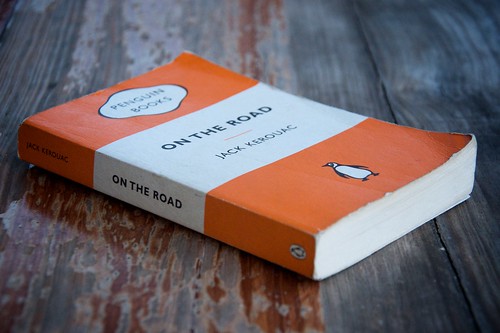
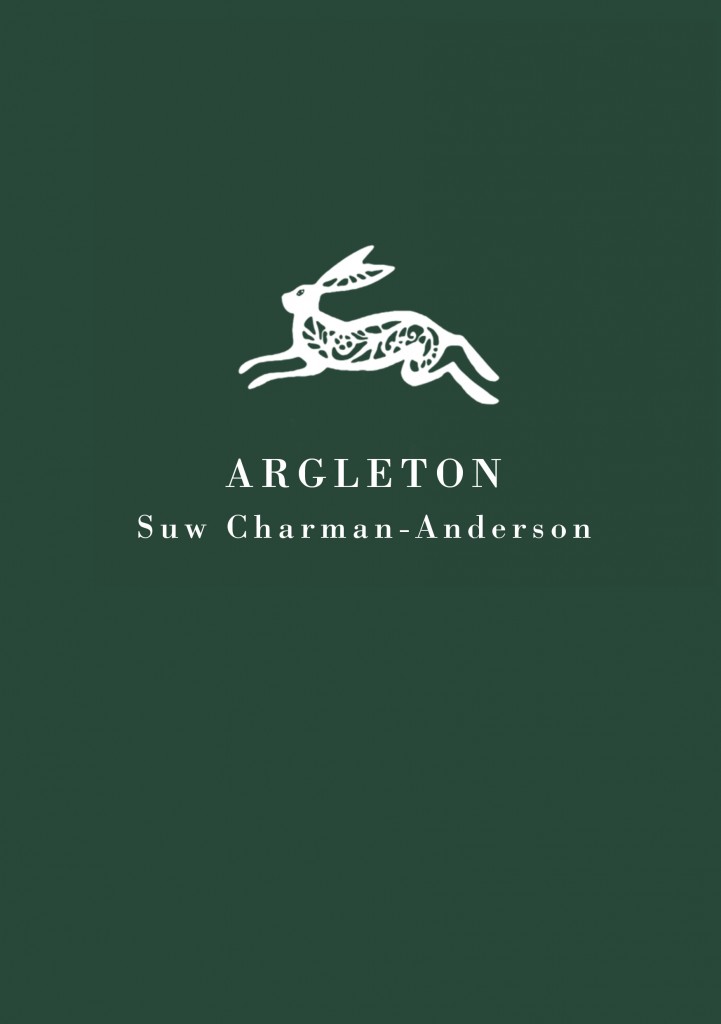
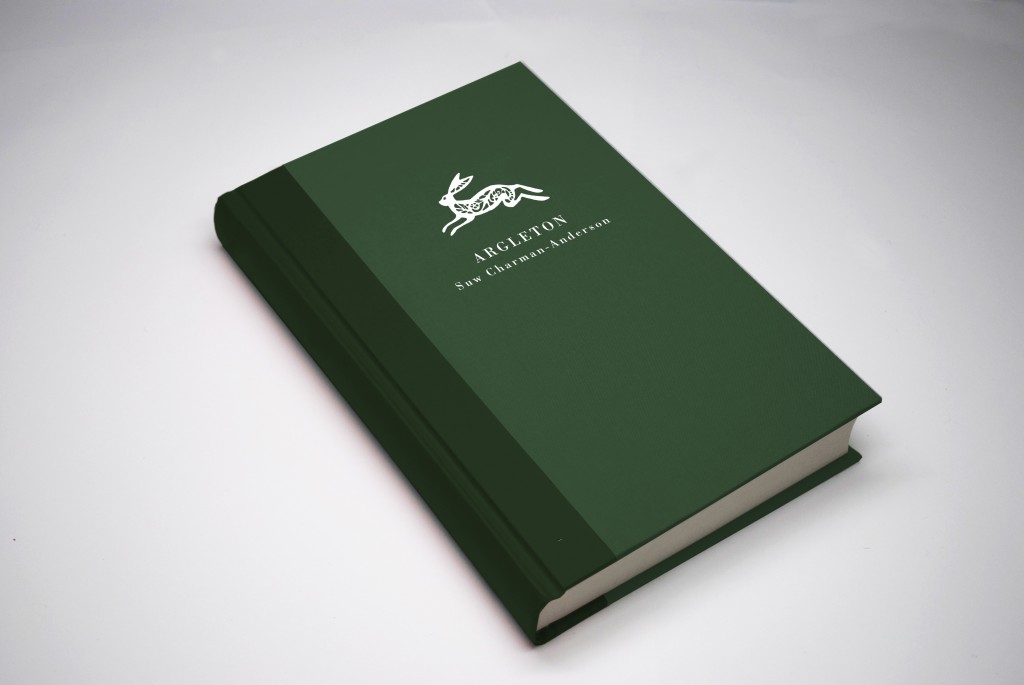
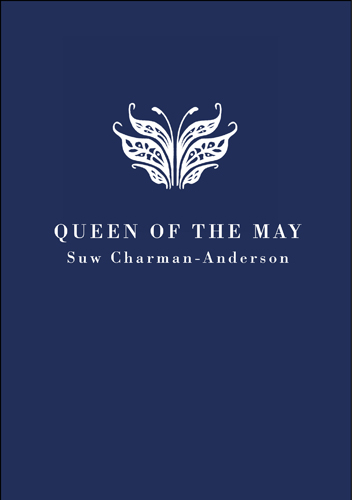
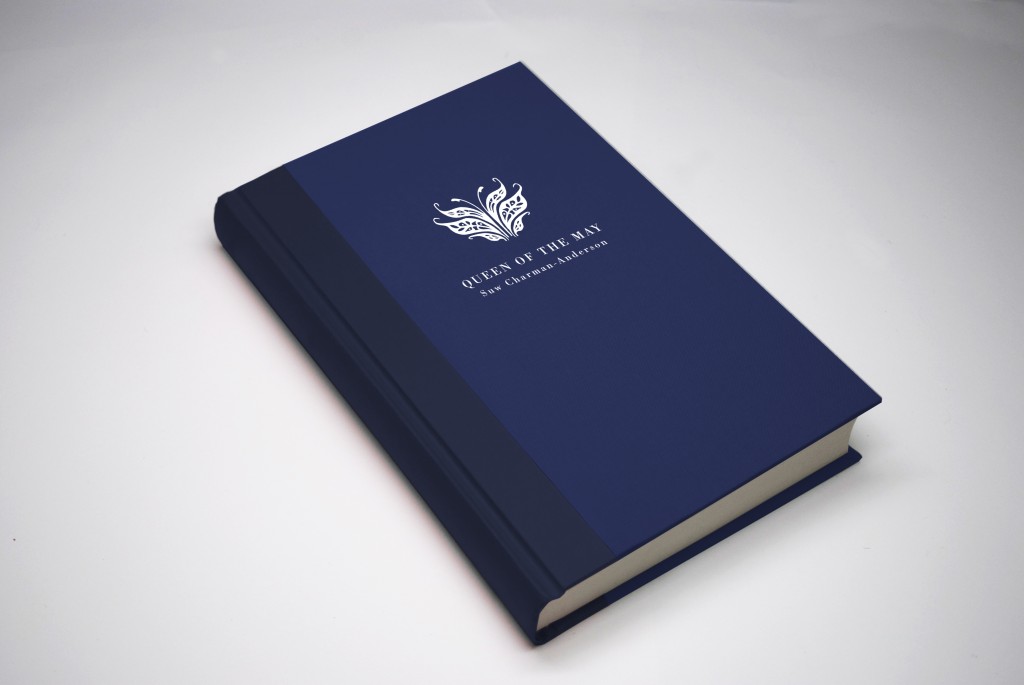


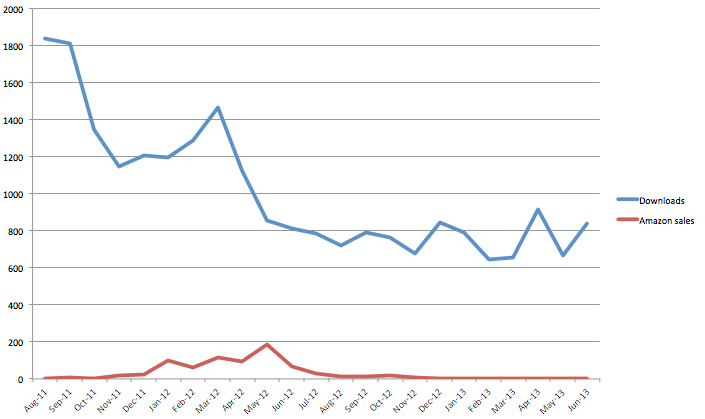
 I have been invited to read an extract from my upcoming novella, Queen of the May, at the
I have been invited to read an extract from my upcoming novella, Queen of the May, at the 



